Ah, Chess. The game of legends, and arguably the best mind game the world has developed. This ‘sport of the mind’ has been known to burn a surprisingly high amount of calories.
Chess is a mental sport that has withstood its greatness for centuries and is still enjoyed today. How are the pieces moved and how can one devise strategies to outsmart your opponent with a ‘checkmate’?
Everything about chess cannot be covered in a single article. You would need a book for that. So, this article covers the basics of the game of chess, as well as info on how to play the game.
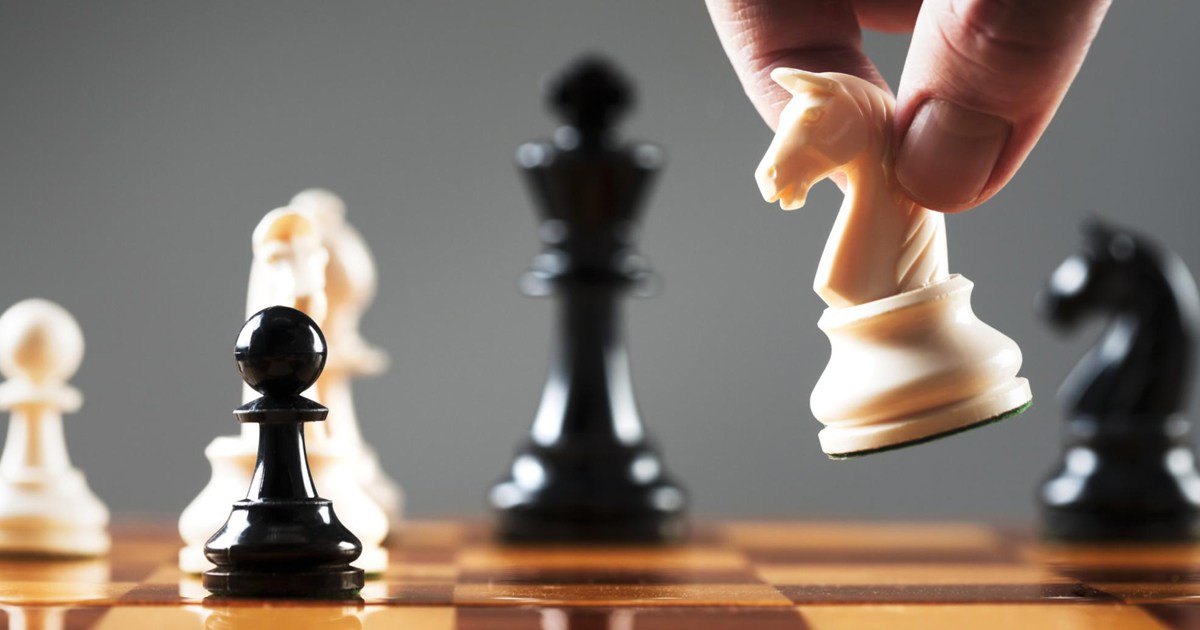
Chess as a Sport
Despite the accolades chess has gathered, some people still do not consider it a sport, because it does not involve strenuous physical movements, as the only movement is that of the hands while moving the pieces.
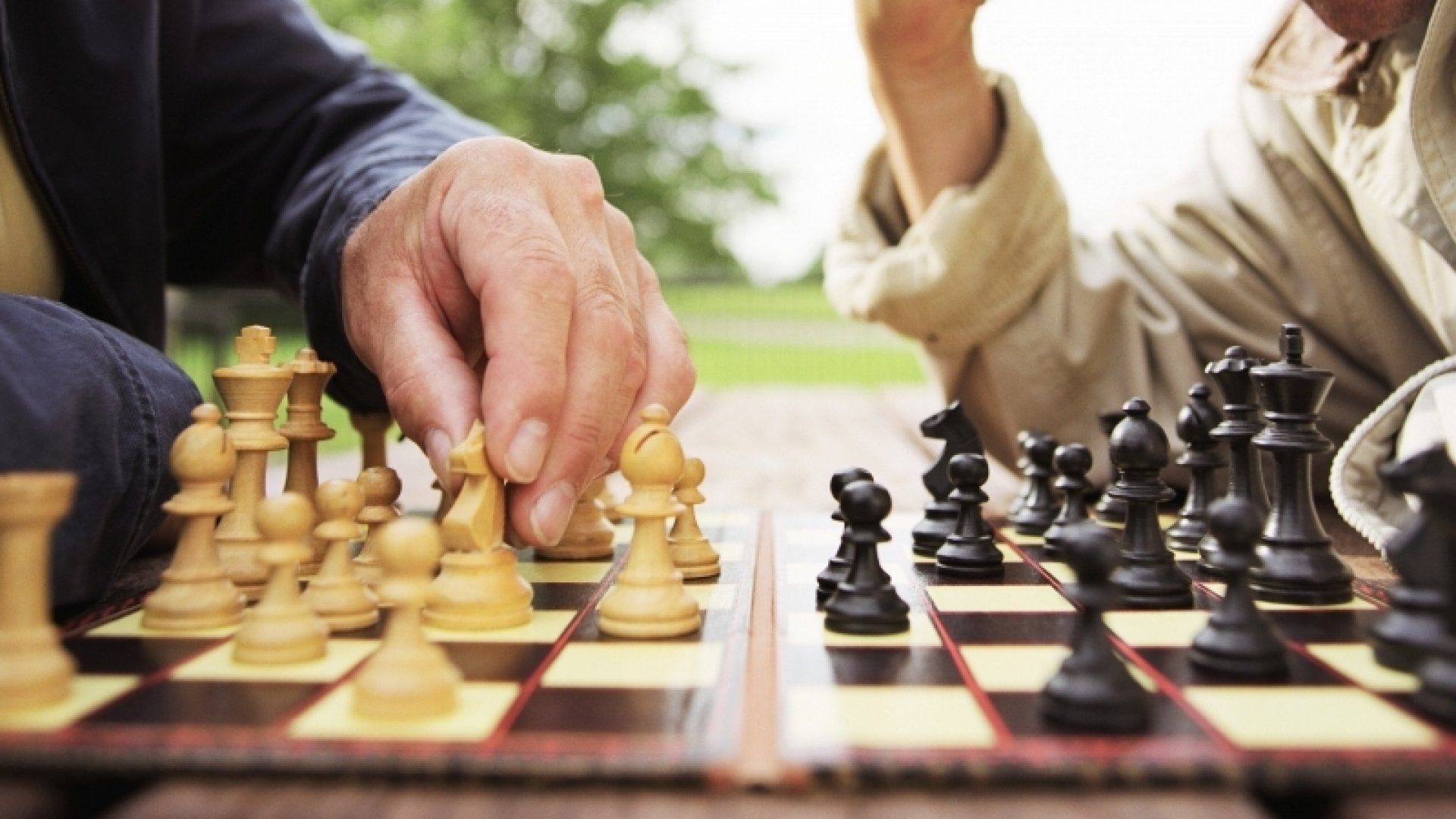
But you’d be surprised at how many calories can be burned in a single game. A grandmaster can burn 6,000 calories a day playing chess!
That is way more than what is burned playing in other “physical” sports. It is a game of the mind and the brain where all activities of the body are processed.
Professional players even have to undergo fitness training for better performance. Jogging and other exercises are recommended for chess players.
Competition
Have you watched a rapid game of chess before? How swiftly both players move their pieces while thinking strategically to defeat their opponent?
Chess, like any other sport, involves players outsmarting their opponent to win at the end of a specified time. There may not be any other game that offers such intense rivalry among players.
Chess involves strategizing, but the outcome cannot be predicted. With one wrong move and at any moment, the game can switch direction, making the winning player lose. Players compete fiercely without touching each other, and all the action happens right on the board.
Global Recognition
Chess is recognized internationally as a sport in the Olympic games and several European competitions. Players from regions all over the world come together and compete in tournaments to declare a champion.
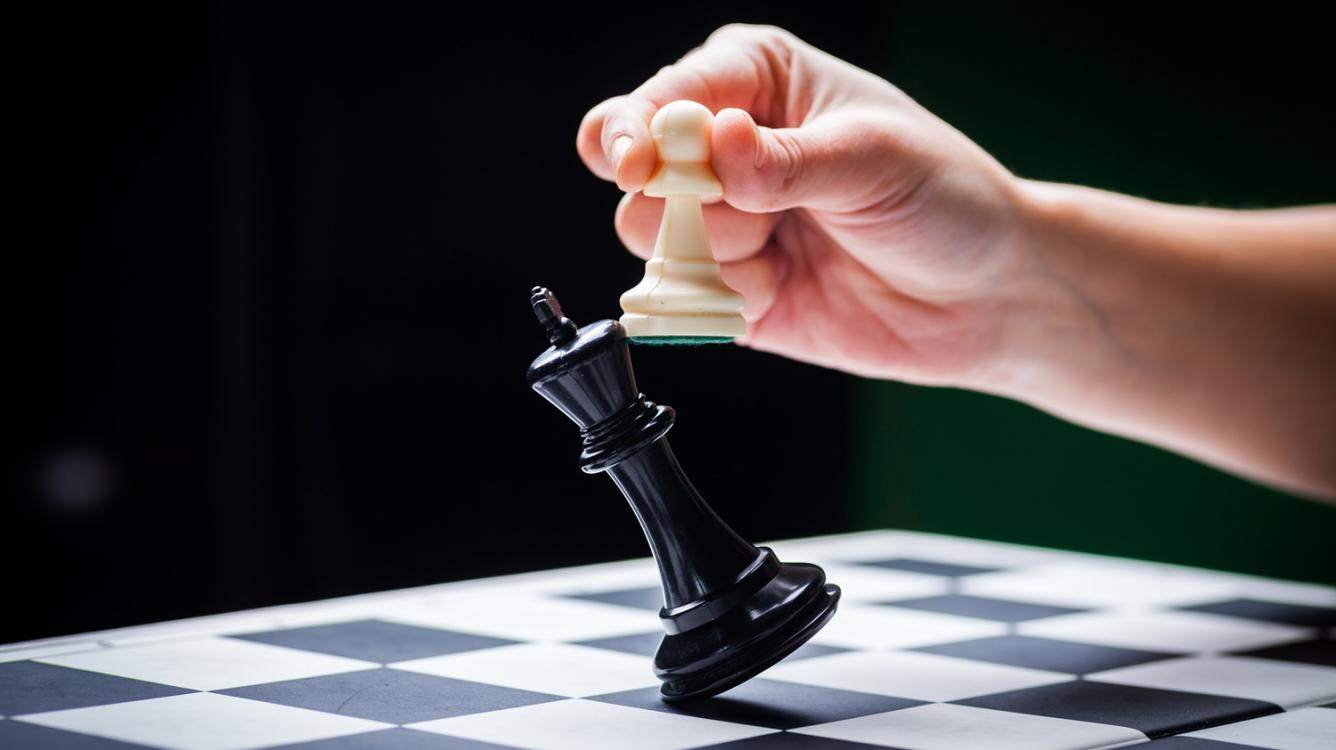
As a globally recognized game, chess can be played by anyone irrespective of age, gender, background, or ethnicity.
Everyone can play chess, so let’s move on to learning how!
About the Game
Chess is a game that involves two players moving pieces over a chessboard. The chessboard is a square consisting of 8 by 8 squares of alternating colors (usually black and white) where the pieces are placed in a defined order.
The aim of the game is to threaten your opponent’s king (what is called ‘check’) until the king is unable to move, or the opponent is unable to protect his king.
The difference in the arrangements of pieces is dependent on the color of the queen. Usually, there are two colors, white and black (though they can vary), and the queen is placed on the corresponding color of the square on the board.
The Pieces and Their Movements
There are six pieces in the game of chess. All have different movements and are in different numbers on the board.
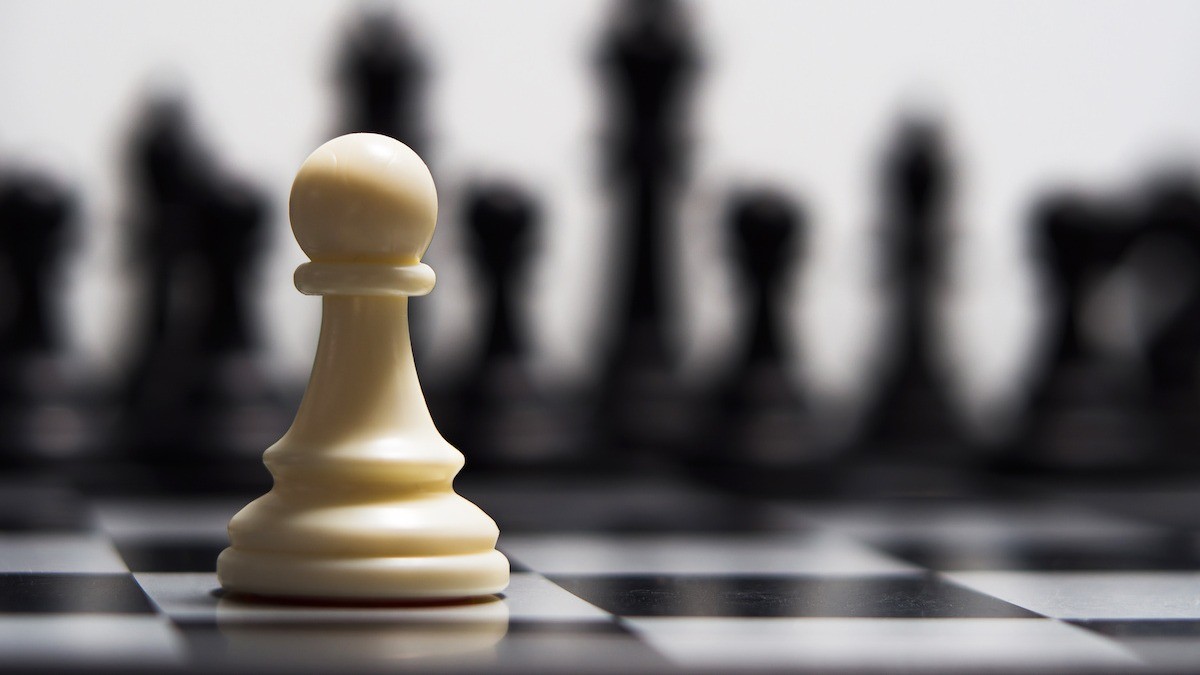
The Pawn: Pawns are the lowest-ranked pieces in the game. The soldiers in a colony. There are eight pawns per side on every board. They are the protectors and are pretty useful for defense and attack.
Although their movements are not fast, and their attack is quite slow, they do have few tricks up their sleeve. With a total of eight pawns per side, managing these pieces is crucial, and may provide the upper hand to winning a game.
Pawns can only move forward, and they attack by moving one space diagonally. The only difference is in their starting movements, which can be two steps forward or one step. They cannot go over a piece, so if another piece is directly in front of it, they cannot move unless the piece is moved or destroyed.
The Bishop
The bishops are the silent killers among the pieces. Snipers if you may. There are two bishops per side on a chessboard. Their movements are diagonal in any direction, so long as there are no pieces preventing the bishop from moving.
The Knight: Ah, the knight. Arguably the only piece that can contest with the queen in strength, the knight is a true keeper. They are the only piece on the board that can “jump” over another piece, and they can trap lots of other pieces at the same time. There are two knights per side in a game.
Their movements are a bit tricky to explain, but they are in an “L” form. Think of it as moving two spaces in any direction, and then one space to the right or left.
The Rook
A very powerful piece is the rook, also called a castle. Another wide aim piece, the rook moves in the horizontal and vertical directions. Movements can move through any number of squares if it is not being blocked by another piece. There are two rooks per side in a game.
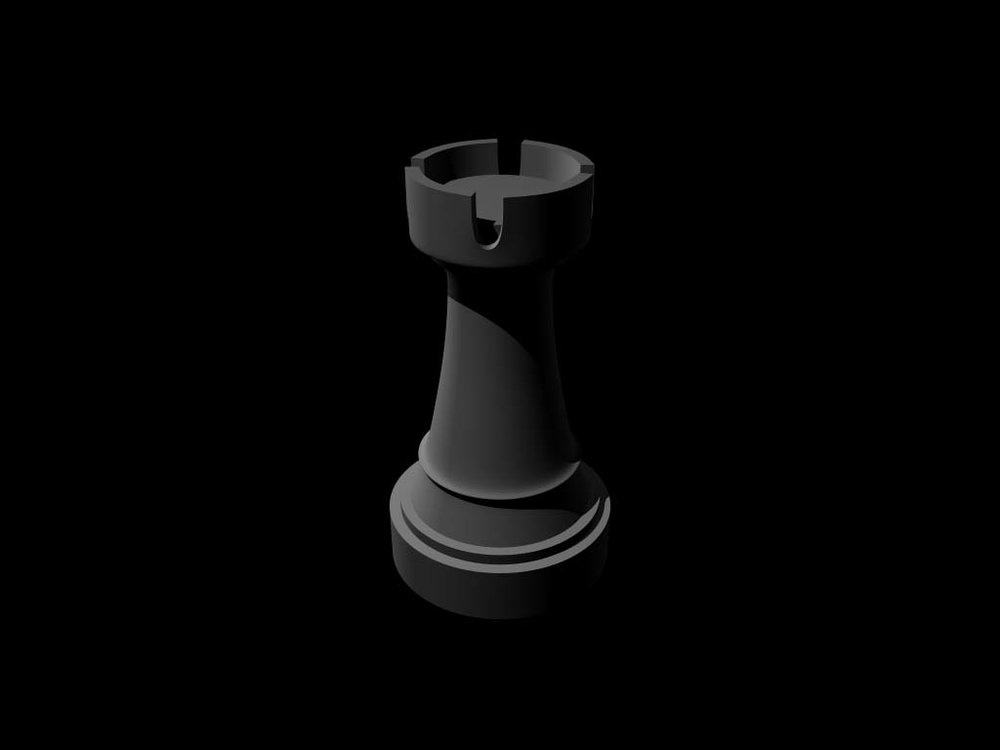
The King: The king is mentioned before the queen because although it is the center of the game (to win, the king must be defeated), the strength of this piece is not so great. Like a pawn, the king can only move one space, but unlike a pawn, he can move in any direction, not just forward.
The Queen: The most powerful piece is the queen, as she has the greatest strength in the game. She is the boss and dominates the game when used properly.
Like the rook and the bishop, the queen can move in continuous diagonal and straight lines in any direction. The restrictions also apply, as the queen cannot move over a player.
Special Movements
Castling: This strategy involves the only time during a game when two pieces can be moved in the same turn. This strategy is often employed during the opening in order to move the king into a more protected position while moving the rook into a more active position on the board.
All pieces between the rooks and the king must be moved out of the back row in order for castling to take place within the roles of chess.
Once cleared, the king can move two spaces toward either rook, and the rook it moved toward can move across to the space the king skipped over. Within the rules, this can only be accomplished if neither of the rooks nor the king have been moved from their starting places at the beginning of the match.
Promotion
If a player is able to maneuver his pawn to reach the opponent’s extreme row (the row where the officials are placed), the pawn can be promoted to any official of choice.
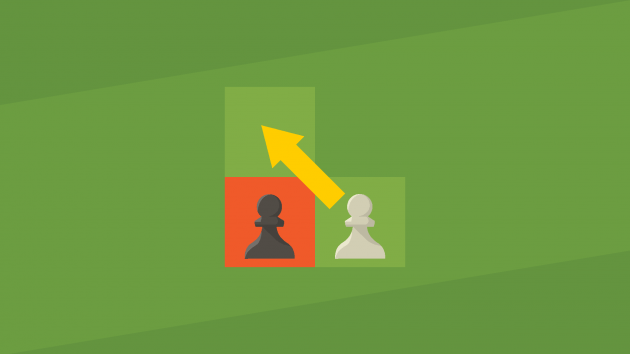
En passant: Another trick of the pawn, en passant happens when a pawn moves two steps as part of its optional starting move.
If an opponent pawn would have captured the moving pawn had it moved one step, en passant can be called.
En passant’s movement therefore happens, and the opponent’s pawn moves to the space it would go to if the moving pawn had moved one step.
Setting-Up
A typical chessboard has 64 squares, with the horizontal rows numbered alphabetically, and the vertical columns numerically. Players face each other on the horizontal side of the board. The arrangement of the pieces comes in that order as well.
The officials (queen, king, rook, knight, and bishop) are positioned on the first row of opposite sides, while the eight pawns are positioned on the second row. The queen takes her color square in the center of the first row: the white queen on a white square and the black queen on a black square.
Moving inwards, the two rooks (or castles) are positioned at the extreme ends, then the knights beside them, then the bishops. The king stays close to his strongest protector and partner, the queen. The pawns, occupy the second row immediately after the official’s line.
How to Play
In chess, the player with the white color starts first. Each side’s opening move can involve the pawn movement two spaces forward or one space forward. Starting movements can also involve the knights as they can ‘hop’ over pawns too.
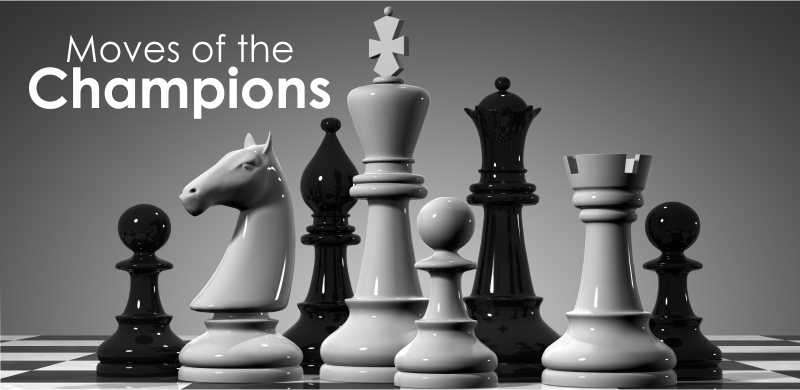
Playing the game becomes easy when the piece’s movements are mastered. By understanding how to move the pieces, anyone can play the game of chess.
Knowing how to play is not all there is to it though, as you’ll soon find it’s important to strategize movements in order to checkmate their opponent.
Taking Down a Piece
Defeating a piece happens when an opponent is in the direction of your movement. The piece that takes another remains in the position of the defeated piece.
For example, a bishop moves diagonally until it crosses the path of the opponent’s castle, ‘defeating’ it and removing it from the board, and setting the bishop where the castle was.
Strategizing involves moving each piece with caution, planning your movements all the way, while defending at the same time. It is more like a pull-push reaction, playing both offensively to take your opponent’s piece while playing defensively to protect your own.
Conclusion
Chess is a wonderful game of the mind. It involves continuous practice, discipline, and strategy to excel as a chess player.
In this article, we covered the game of chess as a sport, and how to play, to inspire you to experience the fun that is chess!







